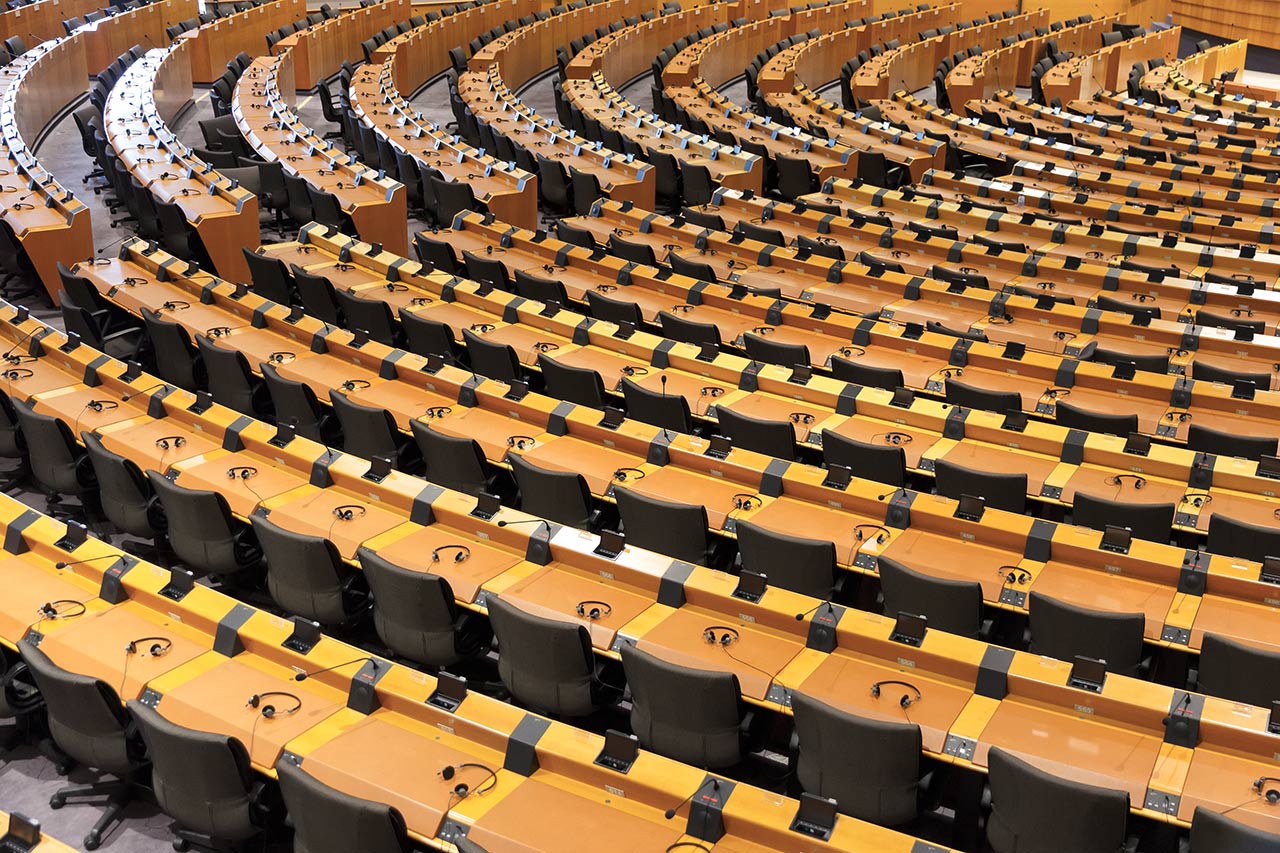What is the European Union?
The EU eliminates barriers to entry along the borders of its members and thus there is a free flow of goods and people unless in instances where there is need for crime and drugs checks.
Question
What is the EU?
Answer
European Union (EU) is a monetary and trade body comprising of 28 member countries. The purpose of this body is to ensure that it has a competitive edge in the global marketplace (Cappelen et al., 621). It is also involved in balancing the needs of both its political members and independent fiscals. Despite its transformation since the establishment of the concept of European trade area in 1951, the Treaty of Lisbon in 2009 highlighted the supremacy of the body (Emmanouilidis & Stratulat, n.p). The treaty granted EU the legal authority to sign and negotiate about international treaties. It thus had the powers for aspects such as border control and immigration.
The EU eliminates barriers to entry along the borders of its members and thus there is a free flow of goods and people unless in instances where there is need for crime and drugs checks. Members also benefit from environmental protection, development strategies, energy provision and research. Aspects such as public contracts in a country are made open to bidders from countries within the body. The body also standardizes taxes and products manufactured in one of the member countries are sold to other members without duties and tariffs. Practitioners of services such as banking, law, medicine, law, and insurance among others are also permitted to operate in any member country.
References
Cappelen, Aadne, et al. “The impact of EU regional support on growth and convergence in the European Union.” JCMS: Journal of Common Market Studies 41.4 (2003): 621-644.
Emmanouilidis, Janis A., and Corina Stratulat. “Implementing Lisbon: narrowing the EU’s democratic deficit.” EPC Policy Brief, Brussels: European Policy Centre (2010).
